hiroshima map
Hiroshima Map: Best Things to Check Out for the New Year!

Thalia Harris
Posted on December 26, 2023
Share:
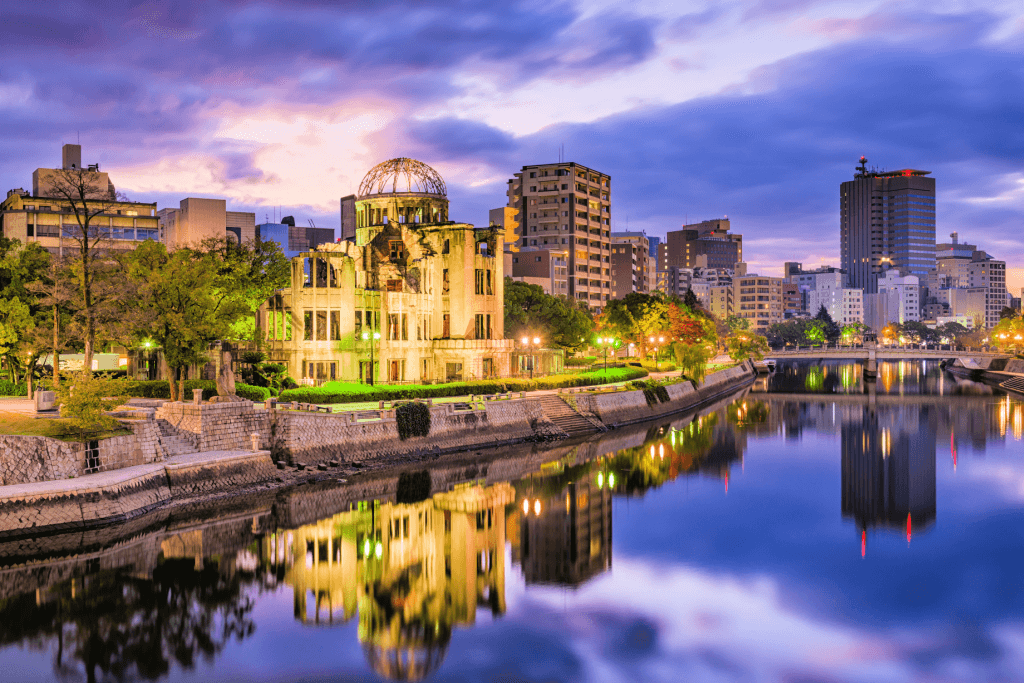
Between the graceful bends of the Ota River and the echoes of its storied past, Hiroshima beckons with a magnetic blend of resilience, cultural richness, and breathtaking landscapes. So, let’s look closer at the Hiroshima city map and the fantastic things you can visit, eat, and enjoy in the New Year.
What are some places to check out on the Hiroshima map?
Hiroshima, a city rich in history and resilience, offers many captivating attractions for travelers. One of the must-visit destinations is Miyajima Island, renowned for its iconic “floating” torii gate at Itsukushima Shrine. The island is a UNESCO World Heritage site with profound spiritual significance. Visitors can explore the picturesque streets, interact with deer roaming freely, and take a cable car to the summit of Mount Misen for breathtaking panoramic views of the Seto Inland Sea.
For a poignant and reflective experience, Peace Memorial Park stands as a testament to Hiroshima’s indomitable spirit in the face of adversity. The park encompasses the Peace Memorial Museum, dedicated to educating visitors about the devastating impact of the atomic bomb in 1945. The Atomic Bomb Dome, a UNESCO-listed site, serves as a haunting reminder of the city’s past while symbolizing hope for a peaceful future.
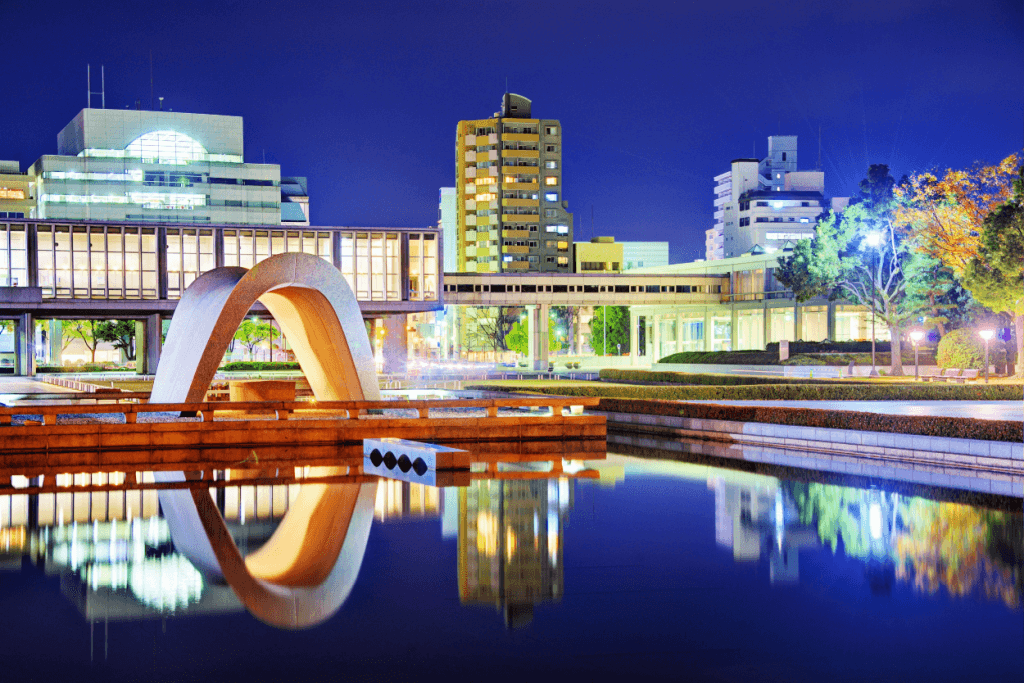
Adding to the historical tapestry of Hiroshima is Hiroshima Castle, an imposing structure that has withstood the test of time. Initially built in the 1590s, the castle was destroyed during the atomic bombing but meticulously reconstructed in the post-war years. Today, it houses a museum showcasing the city’s samurai heritage and provides a fascinating glimpse into Hiroshima’s feudal past.
What natural sights are on the Hiroshima map?
For those seeking solace in nature, Shukkeien Garden offers a serene escape. This meticulously landscaped Japanese garden features ponds, teahouses, and walking paths, creating an oasis of tranquility within the bustling city. Sandankyo Gorge, a bit farther afield, beckons adventurers with its rugged beauty. Hiking trails wind through lush forests, revealing waterfalls and stunning rock formations, providing a refreshing contrast to the urban landscape.

Sensui Island, nestled in the Seto Inland Sea, is another natural gem. Accessible by ferry, the island boasts pristine beaches, walking trails, and opportunities for bird-watching. It’s an ideal spot for those looking to unwind and connect with nature away from the city bustle.
With its historical significance and natural beauty blend, Hiroshima offers various attractions that cater to every traveler’s interests. Whether exploring the poignant remnants of the past or immersing oneself in the tranquility of nature, Hiroshima promises an enriching and unforgettable journey.
What kind of food can I eat in Hiroshima?
When it comes to Hiroshima’s culinary delights, your taste buds are in for a treat! One must-try dish is anago, a type of eel grilled to perfection. It’s delicious and a unique culinary experience showcasing the local flavors of Hiroshima.
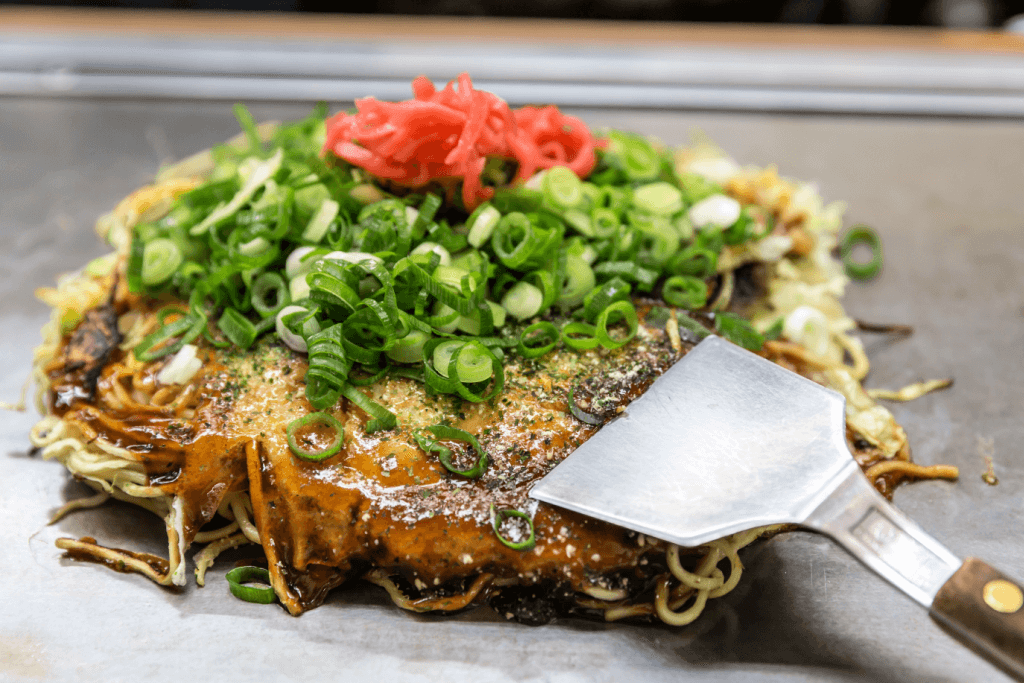
Another Hiroshima specialty that you can take advantage of is Hiroshima-style okonomiyaki. Unlike the Osaka version, the ingredients in Hiroshima’s okonomiyaki are layered rather than mixed. This savory pancake typically includes cabbage, noodles, pork, and a special okonomiyaki sauce. Watching it being prepared on a hot griddle right before you is not just a meal—it’s a show!
For noodle enthusiasts, dandan noodles are a must-try. This dish, originating from Chinese cuisine, features noodles topped with spicy ground meat sauce, sesame paste, and various flavorful toppings. It’s a delicious departure from traditional Japanese noodles because it offers a delightful kick for those who enjoy a bit of heat in their meals.
Are you interested in some amazing food from Hiroshima for the New Year? Check out Sakuraco! Sakuraco delivers traditional Japanese snacks, teas, sweets, and snacks from Japan to your door every month so that you can enjoy Japan’s taste anywhere!
What other foods can I enjoy in the Setouchi region?
Moving beyond Hiroshima, the Setouchi region has its culinary treasures. For example, Sanuki udon noodles, hailing from Kagawa Prefecture, are renowned for their thick and chewy texture. Served in a savory broth with various toppings, these noodles are a comfort food favorite.
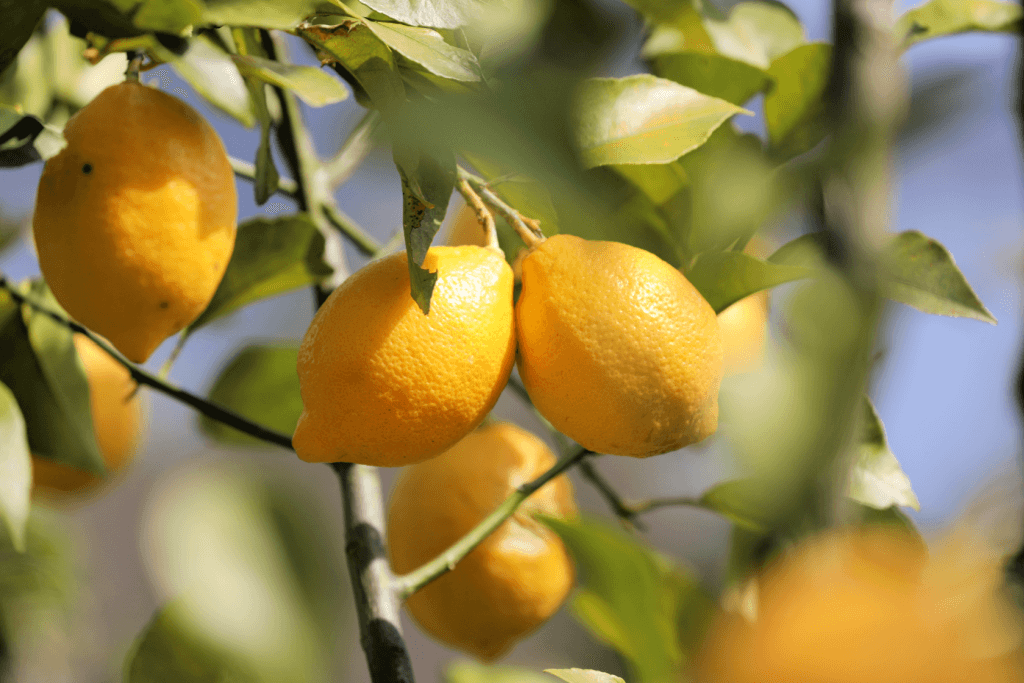
Setouchi is also famous for its abundance of citrus fruits. The region’s sunny climate contributes to cultivating sweet and juicy fruits, including oranges. Moreover, these citrusy delights are refreshing and flavor various dishes and desserts.
Mikan nabe is another Setouchi specialty. This hot pot dish features mikan, a type of mandarin orange, combined with other ingredients like chicken or seafood. As a result, the dish is a flavorful and comforting stew that embodies the regional culinary flair.
What is baumkuchen?
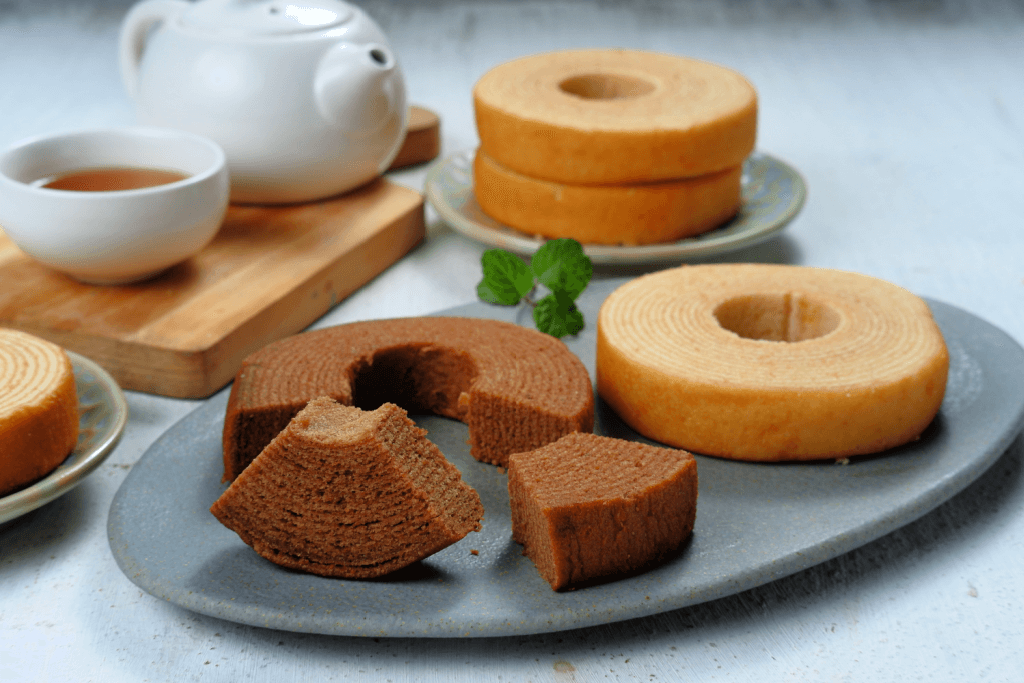
Lastly, while not native to Hiroshima or Setouchi, baumkuchen has found a special place in Japanese hearts, and Hiroshima is no exception. Because of its its distinctive ring shape and layers, this German cake has become a popular sweet treat throughout Japan. In Hiroshima specifically, local bakeries and confectioneries offer their unique take on this delightful cake.
What kinds of arts and crafts are there in Hiroshima?
Hiroshima boasts a vibrant arts and crafts scene, showcasing a rich cultural heritage. One captivating form of traditional art is the Kagura dance, a theatrical performance deeply rooted in Shinto traditions. Generally, Kagura portrays the stories of Shinto gods through mesmerizing dance, music, and elaborate costumes. This ancient art form has also been passed down through generations, preserving the spiritual essence of Hiroshima’s cultural history.
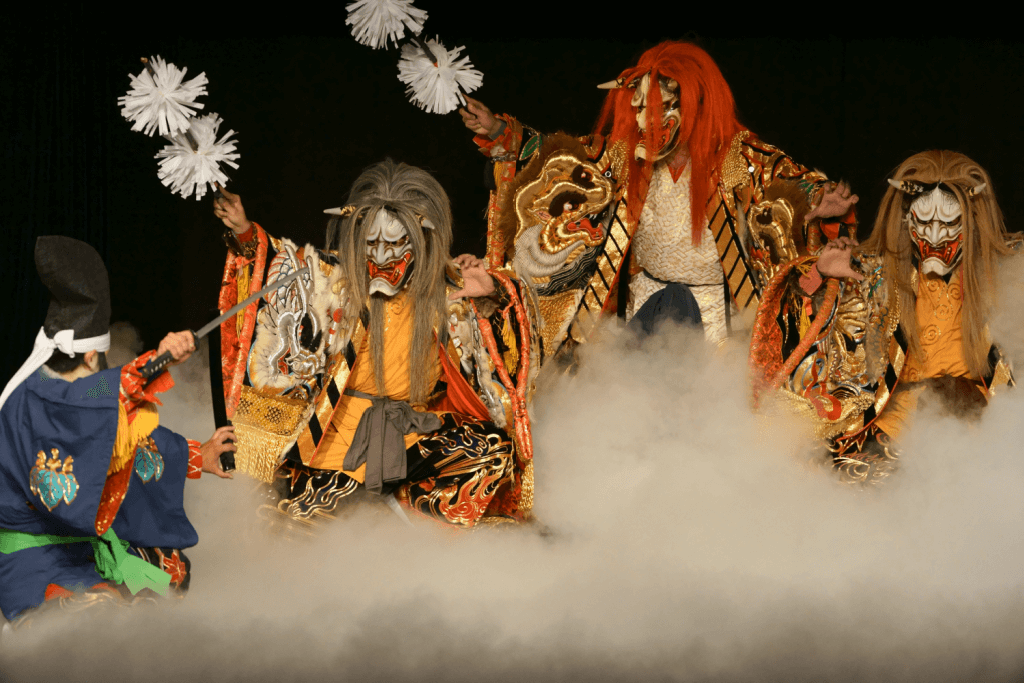
Miyajima, famous for its iconic “floating” torii gate, is a picturesque island and a source of inspiration for artistic expression. Miyajima Osuna Pottery is a unique craft because it utilizes sand from Miyajima Island near Itsukushima Shrine. This special pottery undoubtedly carries the essence of the island, creating stunning pieces that reflect the region’s natural beauty and spiritual significance.
Meanwhile, in Fukuyama, the traditional art of Koto takes center stage. The Fukuyama Koto, a traditional Japanese stringed instrument, has a rich history and plays a significant role in Hiroshima’s cultural landscape. Additionally, the koto is known for its elegant and melodic sounds, and its practice is deeply intertwined with Japanese classical music and cultural ceremonies. All in all, learning to play the koto is a musical endeavor and a way to connect with the artistic traditions of Hiroshima.
Why should I visit places on the Hiroshima map in the New Year?
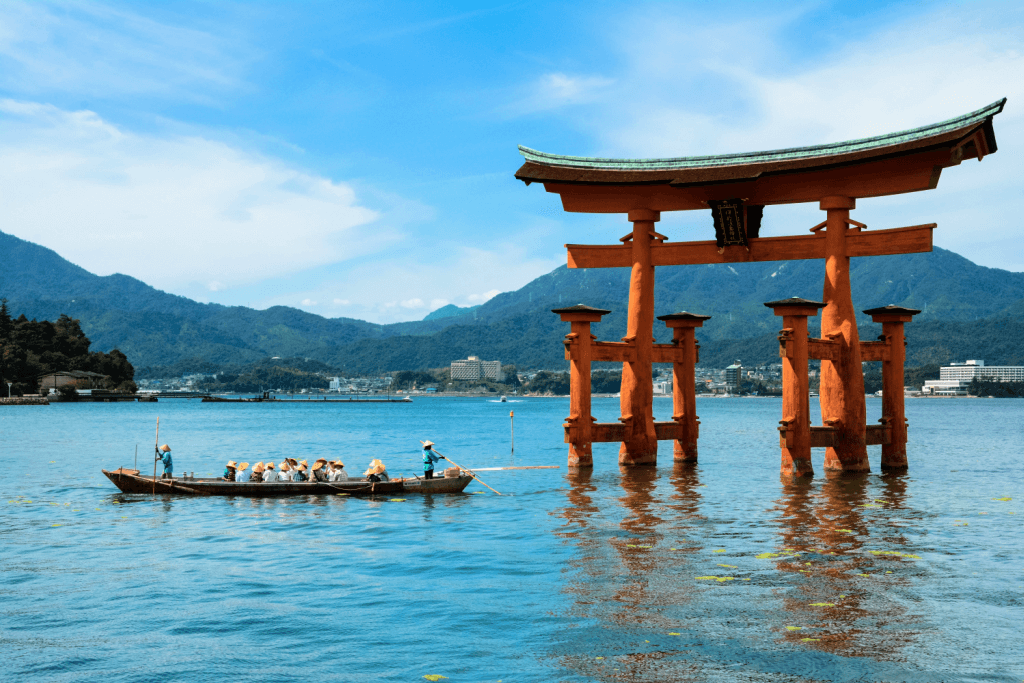
You should visit Hiroshima in the New Year because it offers a unique blend of cultural traditions, spiritual reflections, and a vibrant atmosphere, symbolizing hope and resilience. Hiroshima in the New Year is a celebration and an amazing journey into a city that has risen from adversity, embracing its past while looking towards a promising future. So, join the festivities and be part of a celebration that embodies hope, renewal, and the enduring beauty of cultural resilience. Would you ever check out the many places on the Hiroshima map? Let us know in the comments below!

Discover authentic flavors with Sakuraco
Get Sakuraco 

Discover authentic flavors with Sakuraco
Get Sakuraco 
Related Articles
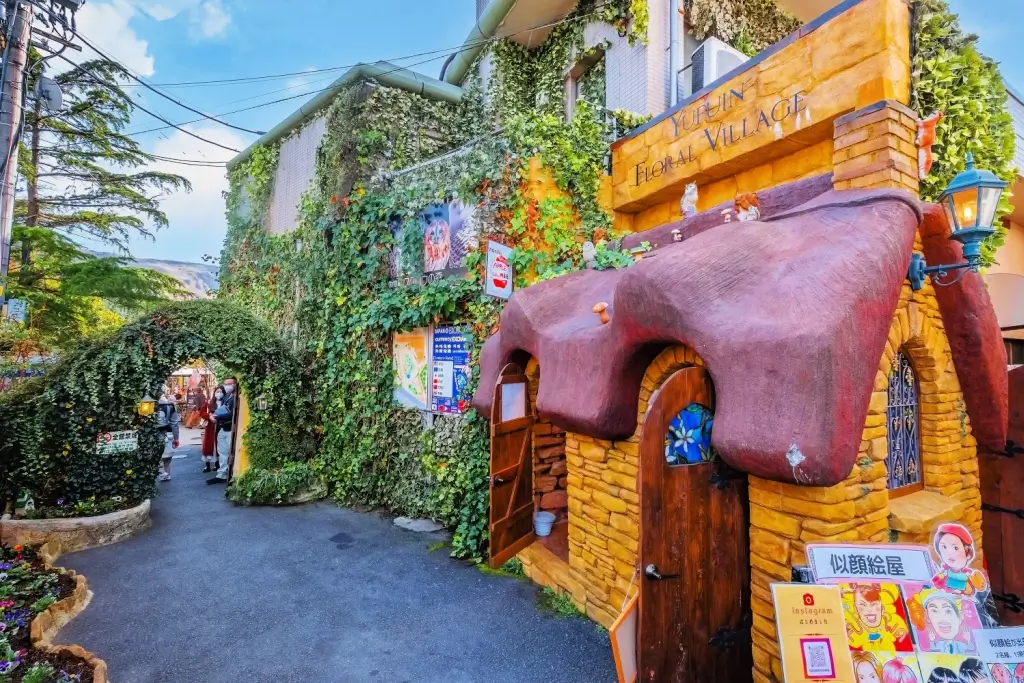
Oita Prefecture: Land of Hot Springs and Castles
Oita Prefecture is full of natural beauty, history, and wellness. The area offers visitors an experience of Japanese tradition and the healing powers of its famous hot springs.
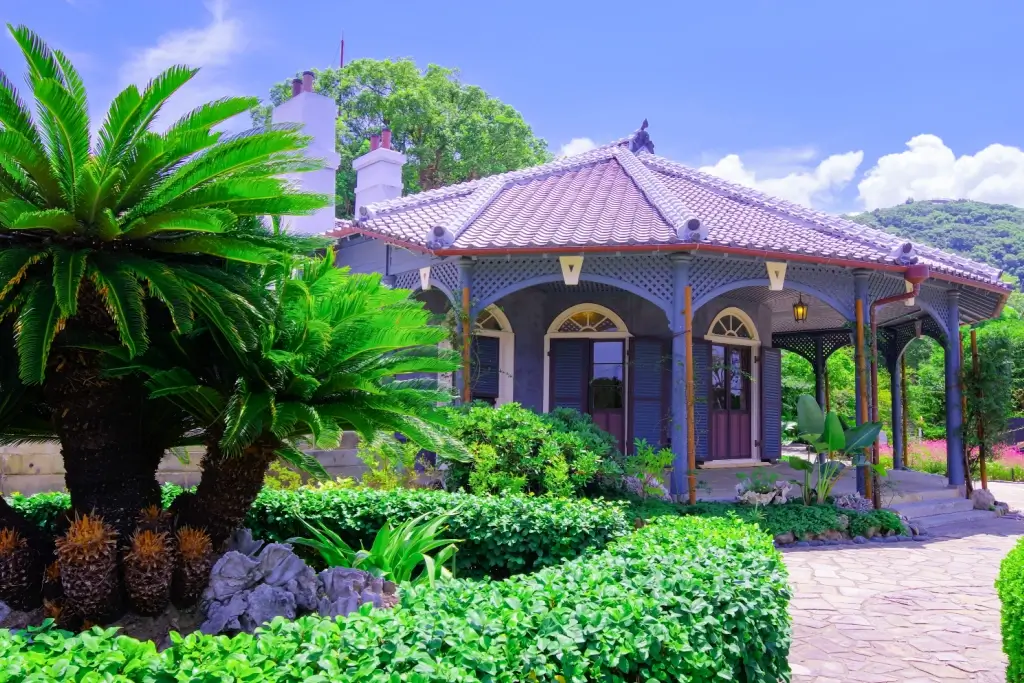
Nagasaki Sights: Churches, Parks, and Beautiful Gardens
Whether you like history or want a scenic adventure, Nagasaki’s sights promise something memorable for every visitor!

Shiga Prefecture: Discovering Western Japan’s Treasures
Shiga (滋賀県) is a landlocked prefecture in the Kansai region of Japan. It is surrounded by Kyoto, Gifu, Mie, and Fukui Prefectures and has no access to the sea. Shiga may have no coastline, but its fantastic history has resulted in a disproportionate number of historical sites.
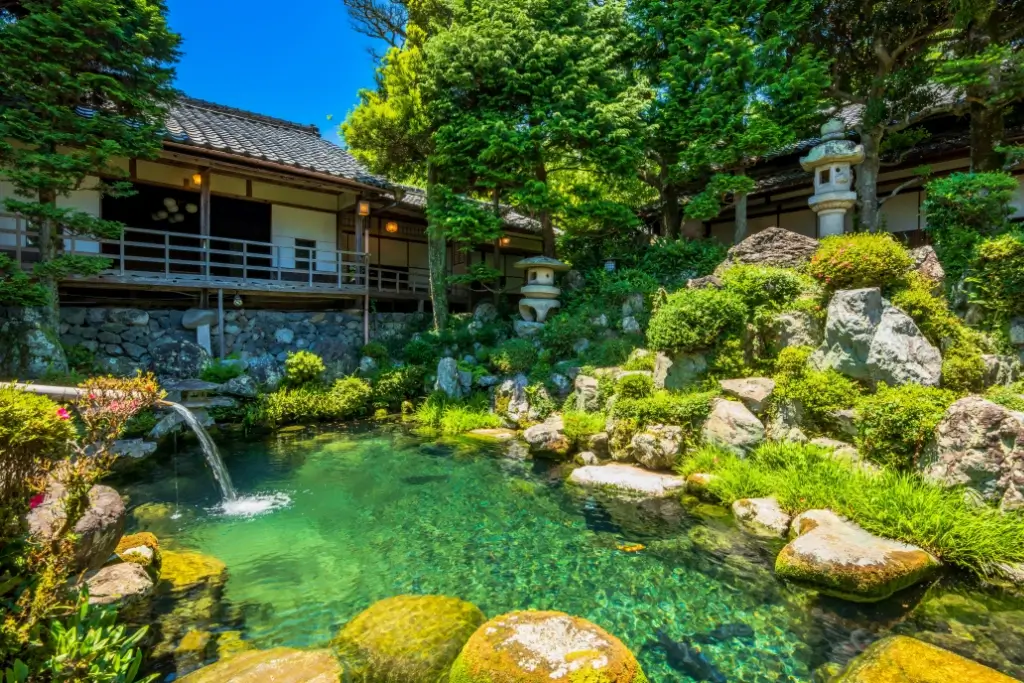
Mie Prefecture: Japan’s Bridge Between the East and West
In Japan, Mie Prefecture has historically served as a unique cultural crossroads. Its significance. lies in its geography and role as a living repository of Japanese history, spirituality, and culture.



